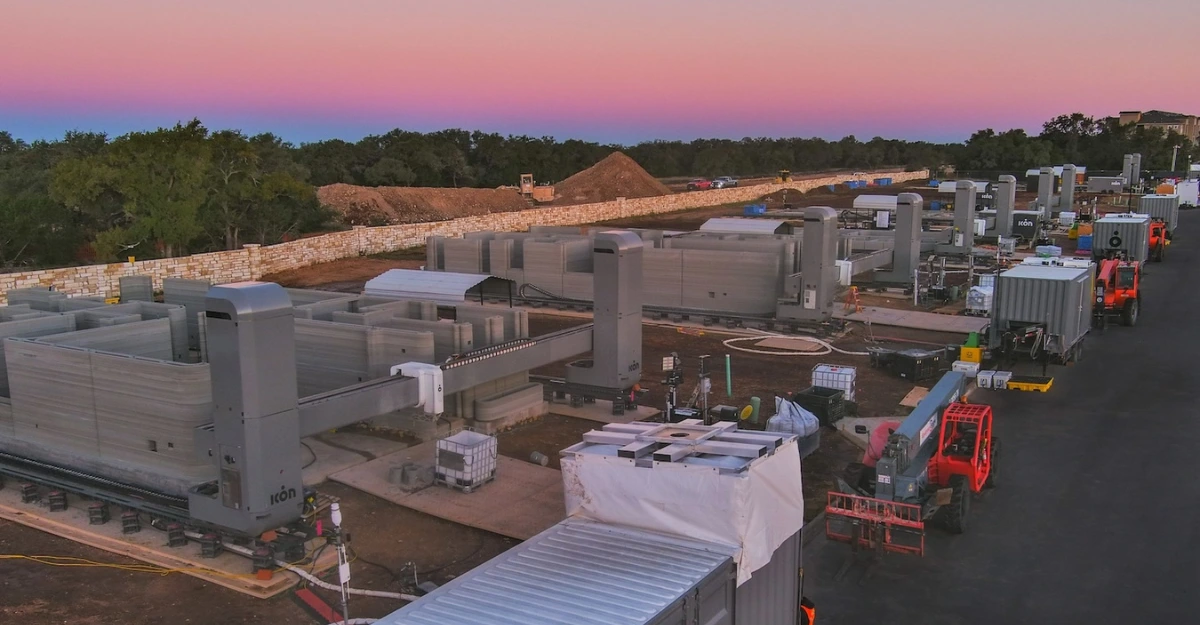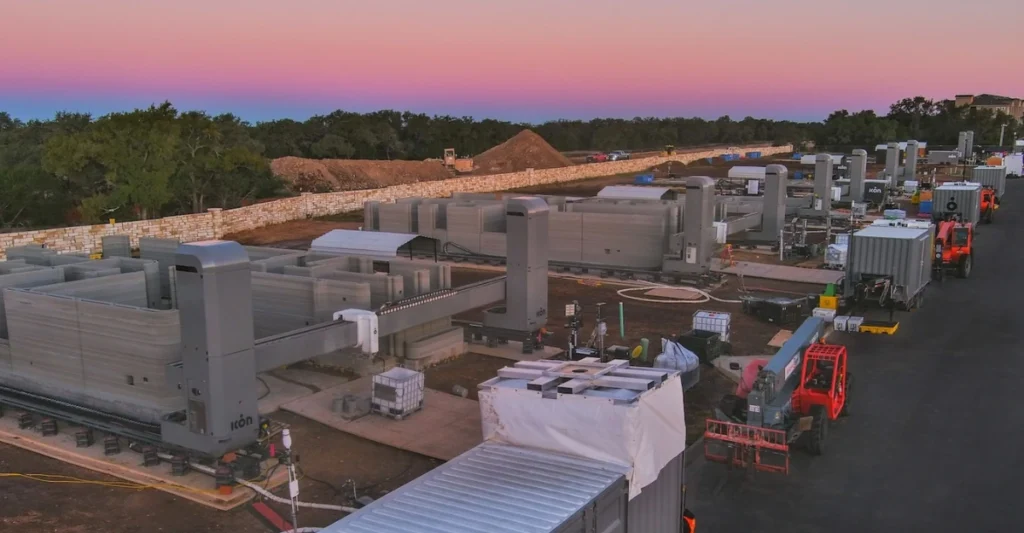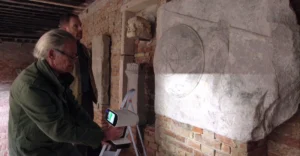3D printing technology emerges as potential solution to housing affordability crisis and construction labor shortages.
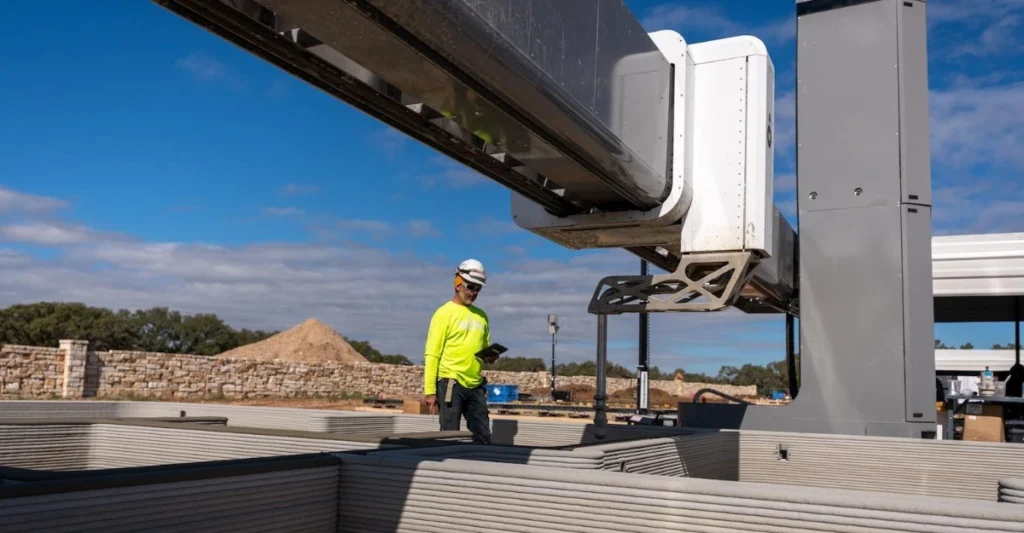
An advancement in technology is being witnessed in the construction industry since 3D printing homes is shifting from an experimental idea to a feasible solution that could multifariously mitigate issues such as the high cost of housing, lack of labor, and ecological sustainability.
A variety of companies around the world are advancing 3D printing technology to automate the construction of entire houses. Homes can now be built within 24 to 48 hours due to the use of enormous frame-like devices that extrude concrete or other cement-like materials, signifying a tremendous decrease in the time and money spent on construction.
Texas-based construction technology startup Icon has emerged as a leader in this space, partnering with nonprofit New Story and organization Échale in 2019 to produce two homes in Mexico’s Tabasco state in just 24 hours each. California startup Mighty Buildings has achieved similar timeframes for printing the structural components of small homes.
Angolan company Power2Build has made significant advances in the technology, building the world’s first 3D-printed home using actual concrete as defined by international standards. Using equipment from Danish firm COBOD, their initial 570-square-foot home required 48 hours to complete. Their follow-up project was more impressive – a 1,507-square-foot family home with three bathrooms printed in just 30 hours, achieving a 90 percent reduction in construction costs compared to conventional methods.
Breaking Barriers: From Concept to Reality
The benefits can also be seen beyond Earth’s atmosphere as NASA is looking into 3D printing technology for construction on the moon and Mars. The technology is especially useful for space construction because of the ability to utilize regionally sourced materials instead of having to ship construction materials.
There are still many challenges yet to be solved but there is hope for society’s expansion into 3D printing technology. The construction of 3D printers of significant size comes with high costs which makes the initial expense a major obstacle. Furthermore, there are no governing internationally accepted norms regarding 3D printing and so the construction industry suffers from regulatory ambiguity.
While 3D printing reduces labor requirements, it doesn’t eliminate workforce issues entirely. Construction workers will need new skills to set up and operate the specialized equipment. Transporting the large printing devices to remote communities presents another logistical challenge, as noted in a 2021 feasibility study on affordable housing in Alaska.
Recent U.S. tariffs on Canadian lumber may inadvertently accelerate adoption of 3D printing technology. As imported lumber costs rise, the domestic supply chain for 3D printing materials becomes financially more attractive to builders. This economic shift coincides with environmental concerns about increased logging on federal lands proposed by the Trump administration.
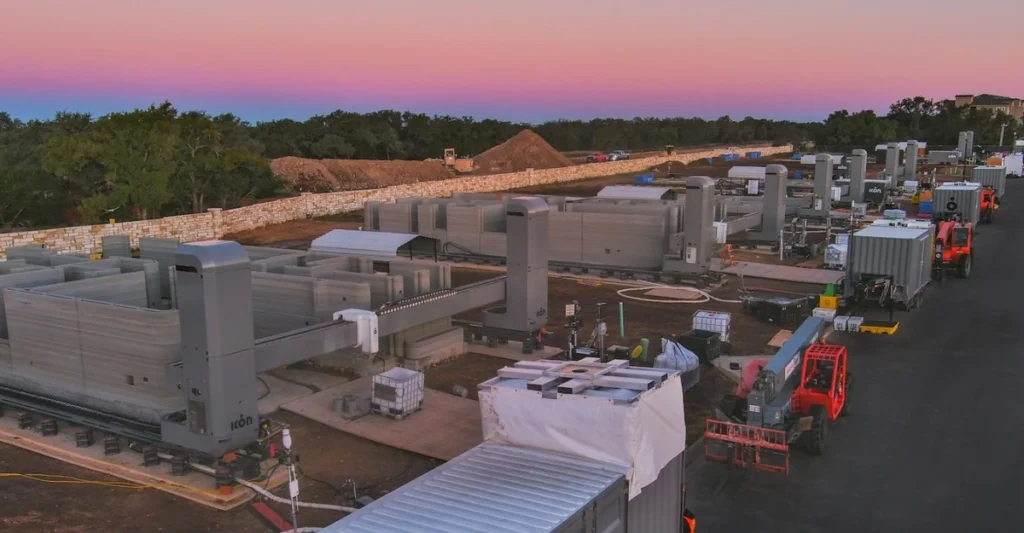
Environmental Benefits and Real-World Applications
3D printing technology allows for greater efficiency alongside environmental benefits. Researchers at the University of Virginia have created a new carbon-reducing composite cement that lowers emissions by 31% compared to conventional 3D printing concrete. The concrete used in constructing these houses has been shown to improve energy efficiency, aiding households in reducing carbon emissions and cutting energy bills.
The technology is already demonstrating its scalability. Icon is 3D printing 104 new homes in Community First! Village, a 51-acre area in Austin, Texas that serves as a permanent housing solution for the chronically homeless. The initiative, managed by nonprofit Mobile Loaves & Fishes, significantly uptakes these efforts, having previously built only 17 homes and buildings at the community over four years.
Icon’s recent partnership with homebuilder Lennar resulted in 100 homes in Georgetown, Texas, completed in approximately one year. Lennar Foundation, the builder’s charitable arm, is supporting the new 3D-printed homes at Community First! Village, further demonstrating industry commitment to the technology.
The combination of sociocultural factors and recent technology developments could greatly enhance the prospects of 3D-printed houses. With continual improvements in processes by companies such as Icon, docile and eco-friendly housing plans might soon be accommodating numerous regions.
Ready-made homes and modular construction have already proved more cost-effective and faster than traditional building methods. Unlike traditional sites, the factory setting eliminates material waste and enables work to progress without interruption from adverse weather. The progression is furthered with 3D printing, which enhances efficiency by relocating the factory to the construction site.
The rising interest in 3D-printed homes showcases how reevaluating methods of construction is improving sustainability. Because of current trade policies, builders are more susceptible to new approaches driven by the ever-changing cost of materials and the constant shortage of available labor.
While there remain some difficulties in resolving advanced level challenges and regulatory issues, 3D-printed housing continues to increase popularity. The technology can practically assist in solving the crisis of affordable housing and lessening the negative effects on the environment, making it even more important. Based on the information available, it appears the industry is on the brink of a transformational shift concerning multi-purpose 3D printing and multi-functional 3D printing applications in housing construction.
Read more : Scientists Develop 3D Printable Foam for Underwater Vehicles
Whether driven by economic necessity, environmental consciousness, or technological opportunity, 3D-printed homes appear poised to become an increasingly important part of the construction landscape in coming years.


